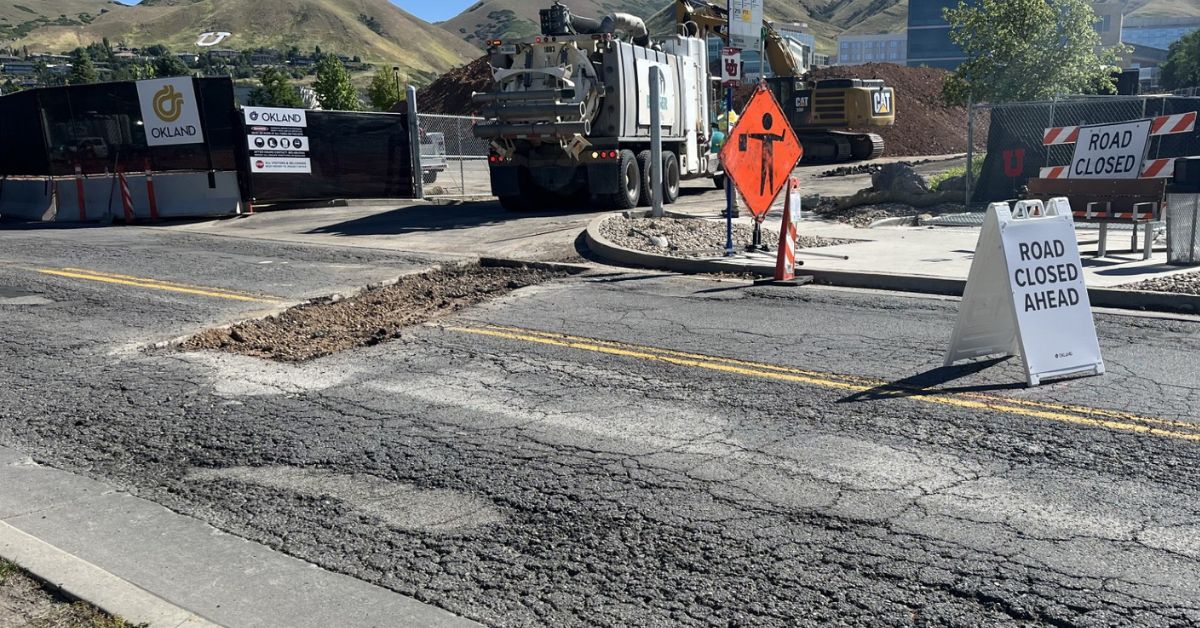Dr. Pedro Romero’s Team Develop New Method to Predict Asphalt Properties, Reducing Testing Time and Improving Design Accuracy
Designing effective pavements—an essential infrastructure component used extensively—requires detailed information about material properties. Unfortunately, gathering this information involves complex, time-consuming tests. As a result, engineers frequently forego these tests and instead rely on average or default values, which might not accurately reflect the properties of the materials used. This can lead to incorrect predictions about pavement performance, making it harder to conduct accurate life-cycle analyses.
The result often leads to less durable pavements or, on the other hand, pavements that are more durable than they need to be: Pavements without having undergone accurate materials testing can either deteriorate more quickly and require more resources to maintain; or they could be designed with more resources than necessary.
Researchers at the University of Utah are pioneering a faster, easier way to obtain inputs for better pavement design, thereby optimizing available resources. Leading this effort is Dr. Pedro Romero, an Associate Professor of Civil & Environmental Engineering with over 20 years of research experience in Materials Engineering.
Dr. Romero’s team recently published their findings in collaboration with the Upper Great Plains Transportation Institute—a premier research hub for transportation research, education, and outreach. The study, titled “Relation Between Dynamic Modulus of Asphalt Materials and Its Cracking Tolerance,” explored the relation between the elastic properties (dynamic modulus) and cracking performance of nine different asphalt mixtures at various temperatures.
The researchers developed a method to predict the elastic properties of asphalt using a simpler test known as IDEAL CT, which assesses the cracking potential of asphalt. They then compared these approximate values with actual measured values to validate their findings. This new approach significantly reduces the time and effort required to obtain the necessary data, allowing for results in approximately one day.
This research promises to simplify and improve pavement design by providing a more accessible method to predict material properties. As a result, it could lead to more effective and efficient pavement designs, benefitting both industry and the communities that rely on well-designed infrastructure.
Materials Engineering at the University of Utah
Explore Materials Engineering→
More news from our department:
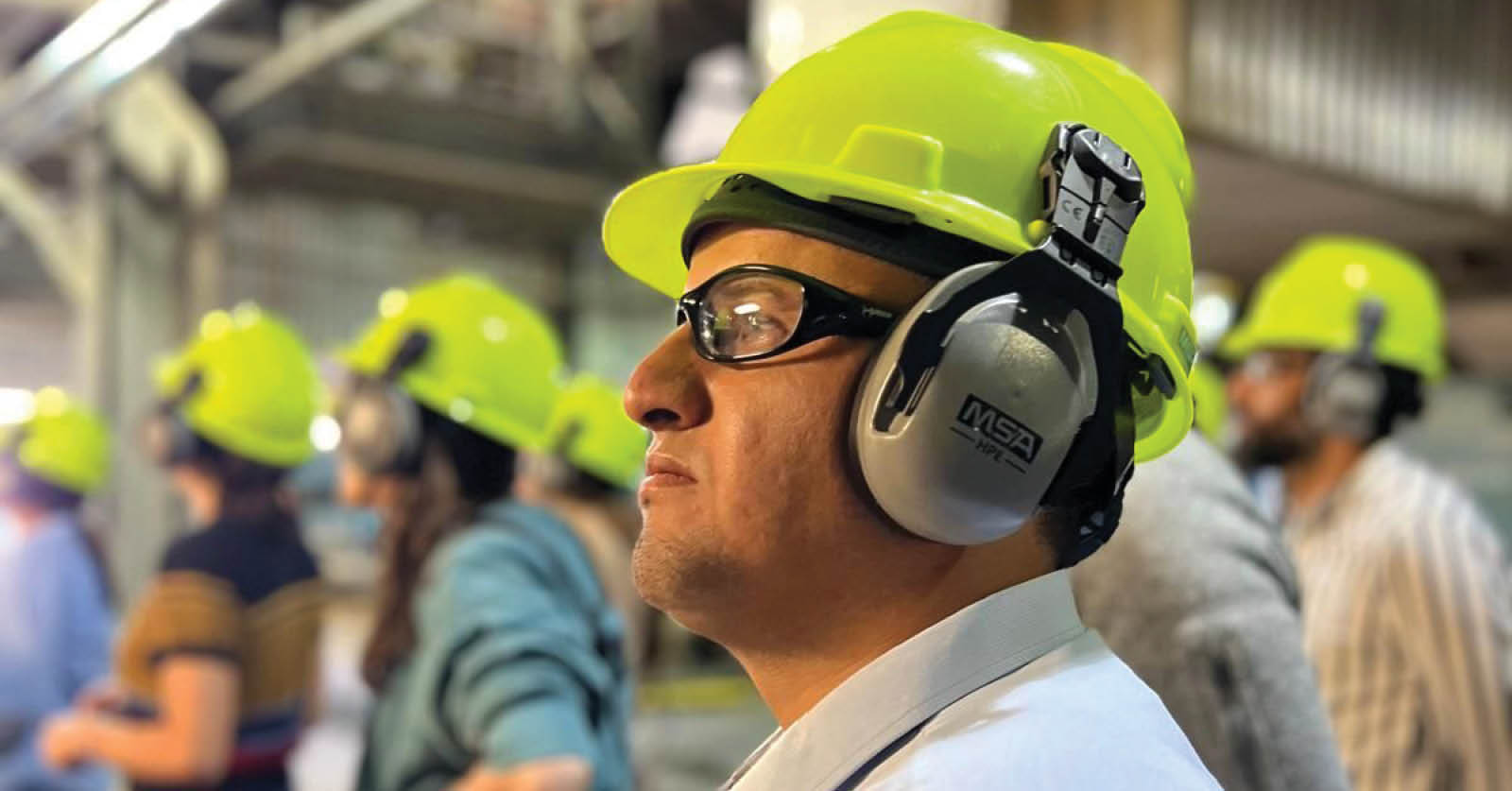
PhD Student Omar Bakelli Completes RECS 2024 Program
Bakelli’s Participation Propels Him into the Forefront of Carbon Sequestration Research University of Utah PhD student Omar Bakelli recently participated in the 20th annual Research Experience in Carbon Sequestration (RECS) program, held from July 21-30, 2024, across Colorado and Wyoming. Sponsored by the U.S. Department of Energy (DOE), RECS 2024 provided an immersive experience for […]
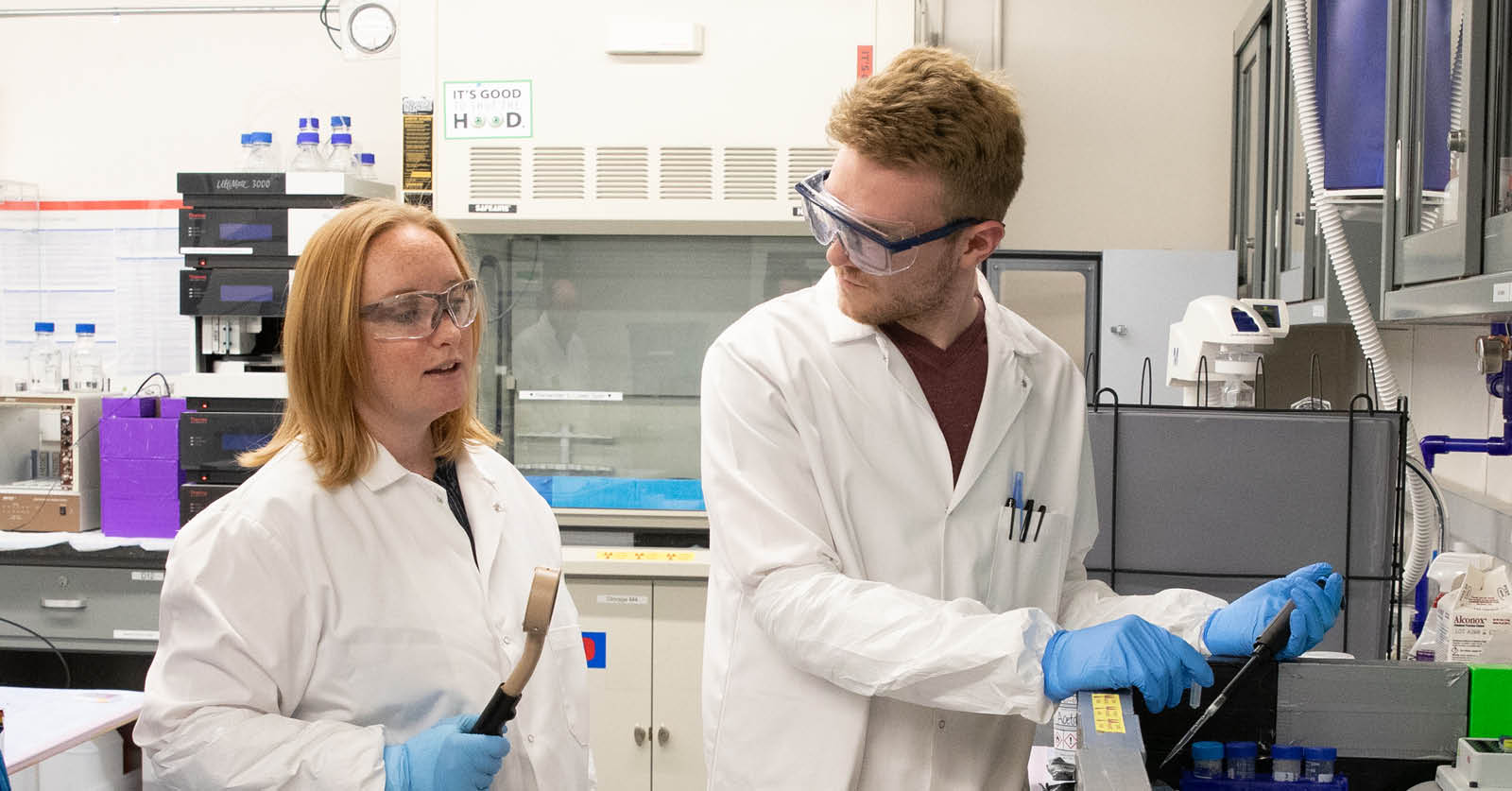
U Grad Breaking Boundaries in Alzheimer’s Disease
Innovative Alzheimer’s Treatment Developed at the U Featured in Journal of Nuclear Medicine Alzheimer’s disease, a debilitating brain disorder with limited treatment options, has long challenged researchers. Specifically, researchers have struggled with slowing the buildup of amyloid beta plaques, harmful clumps in the brain that exacerbate the disease by damaging brain cells and causing memory […]
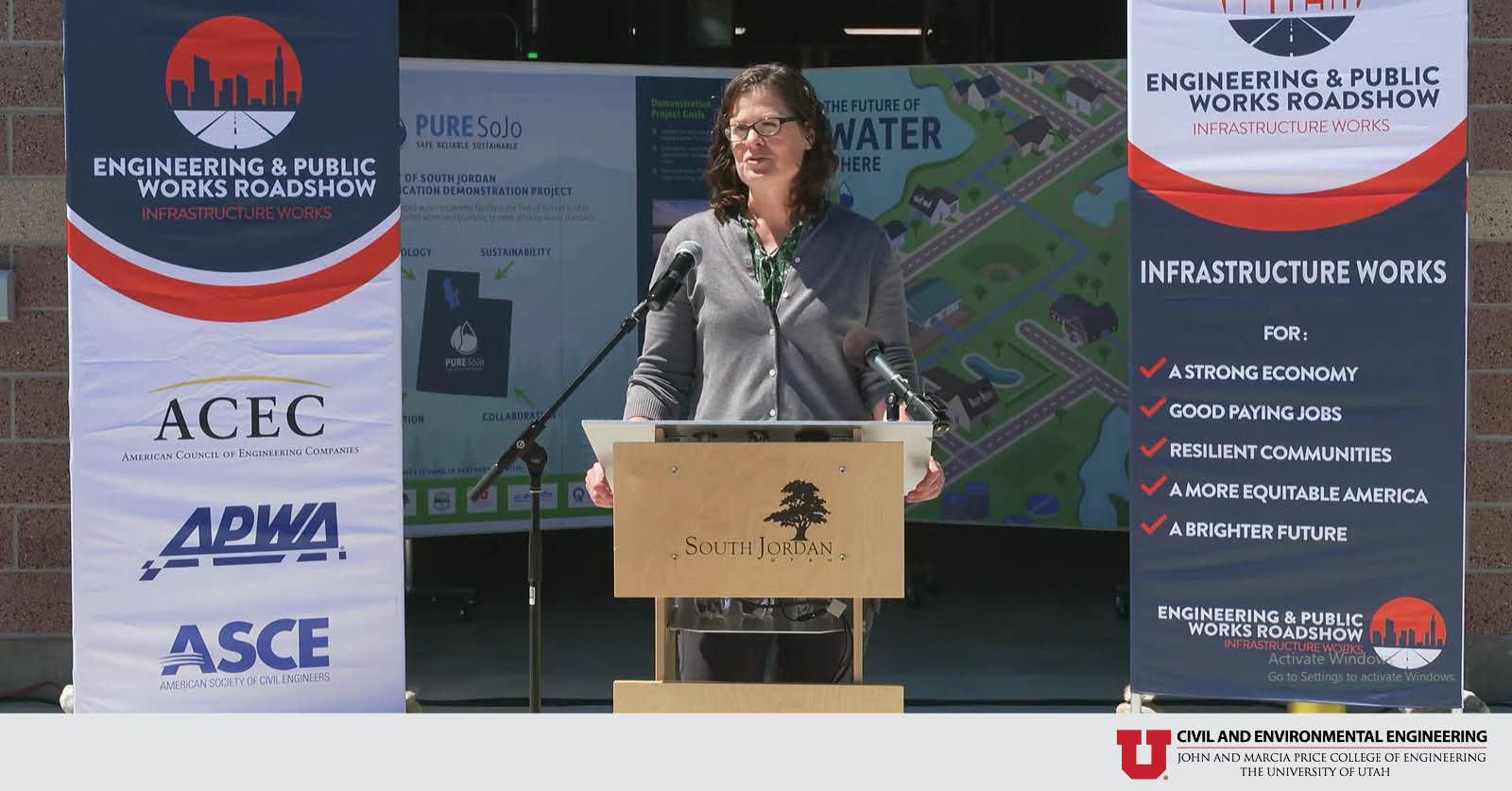
From Classroom Concepts to Real-World Impact
Dr. Weidhaas Champions Local Solutions for Water Reclamation in Arid Utah On June 18, 2024, Environmental Engineering Professor Dr. Jennifer Weidhaas shared her insights and experiences with the groundbreaking PureSojo project as part of the Engineering & Public Works Roadshow. This innovative initiative, developed in collaboration with the City of South Jordan, represents a significant leap […]
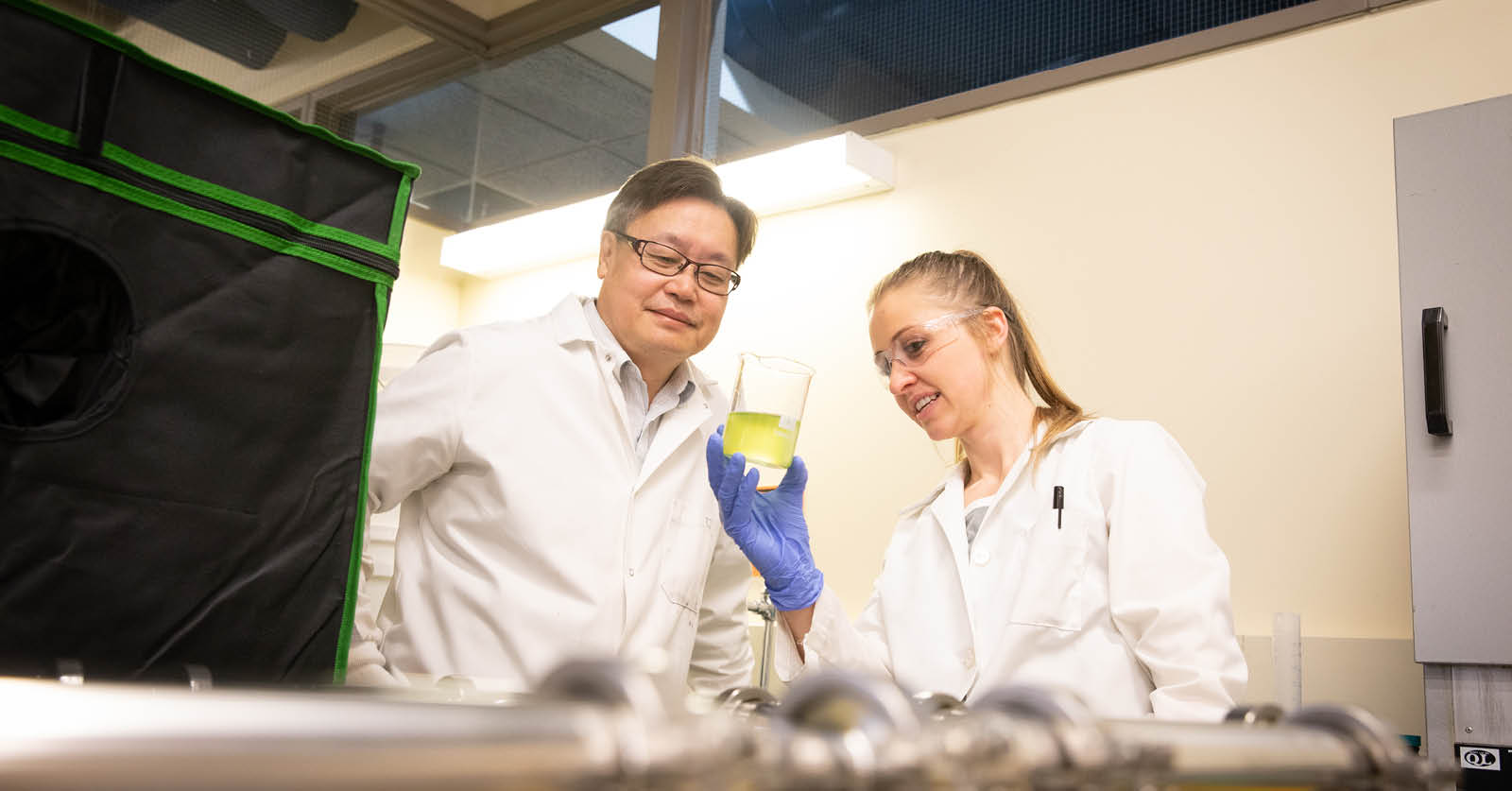
Nanobubbles: Tiny Powerhouses with Huge Potential
University of Utah Environmental Engineering Professor is at the Forefront of New Nanobubble Technology Peculiarly powerful, nanobubbles have opened a new frontier in science and engineering, creating promising environmental and medical applications. But what exactly is a nanobubble? Imagine a tiny water bubble that’s 2,500 times smaller than a single grain of salt. Then imagine […]

